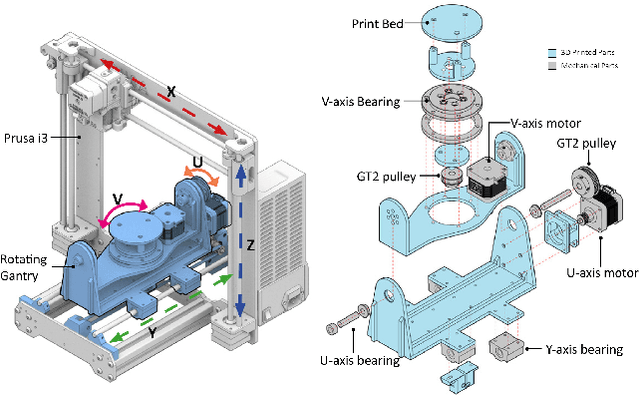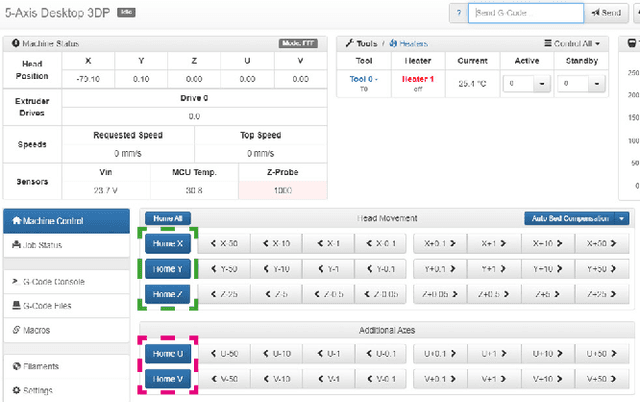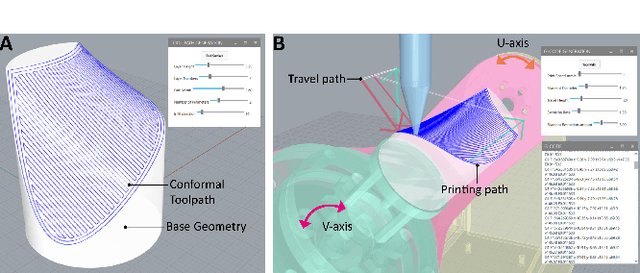Steve Hodges
The State-of-the-Art in Lifelog Retrieval: A Review of Progress at the ACM Lifelog Search Challenge Workshop 2022-24
Jun 07, 2025Abstract:The ACM Lifelog Search Challenge (LSC) is a venue that welcomes and compares systems that support the exploration of lifelog data, and in particular the retrieval of specific information, through an interactive competition format. This paper reviews the recent advances in interactive lifelog retrieval as demonstrated at the ACM LSC from 2022 to 2024. Through a detailed comparative analysis, we highlight key improvements across three main retrieval tasks: known-item search, question answering, and ad-hoc search. Our analysis identifies trends such as the widespread adoption of embedding-based retrieval methods (e.g., CLIP, BLIP), increased integration of large language models (LLMs) for conversational retrieval, and continued innovation in multimodal and collaborative search interfaces. We further discuss how specific retrieval techniques and user interface (UI) designs have impacted system performance, emphasizing the importance of balancing retrieval complexity with usability. Our findings indicate that embedding-driven approaches combined with LLMs show promise for lifelog retrieval systems. Likewise, improving UI design can enhance usability and efficiency. Additionally, we recommend reconsidering multi-instance system evaluations within the expert track to better manage variability in user familiarity and configuration effectiveness.
Open5x: Accessible 5-axis 3D printing and conformal slicing
Mar 29, 2022



Abstract:The common layer-by-layer deposition of regular, 3-axis 3D printing simplifies both the fabrication process and the 3D printer's mechanical design. However, the resulting 3D printed objects have some unfavourable characteristics including visible layers, uneven structural strength and support material. To overcome these, researchers have employed robotic arms and multi-axis CNCs to deposit materials in conformal layers. Conformal deposition improves the quality of the 3D printed parts through support-less printing and curved layer deposition. However, such multi-axis 3D printing is inaccessible to many individuals due to high costs and technical complexities. Furthermore, the limited GUI support for conformal slicers creates an additional barrier for users. To open multi-axis 3D printing up to more makers and researchers, we present a cheap and accessible way to upgrade a regular 3D printer to 5 axes. We have also developed a GUI-based conformal slicer, integrated within a popular CAD package. Together, these deliver an accessible workflow for designing, simulating and creating conformally-printed 3D models.
 Add to Chrome
Add to Chrome Add to Firefox
Add to Firefox Add to Edge
Add to Edge